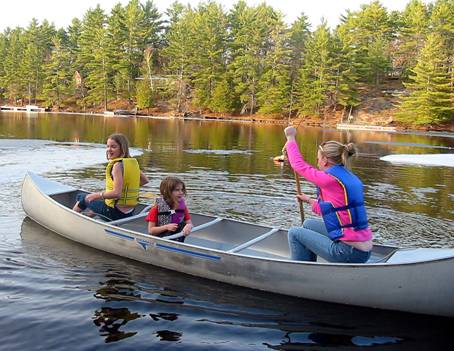|
|||
|
|
Kayaks, Canoes Keep Coast Guard BusyProvided By Tom Nunes U.S. Coast Guard Auxiliary From Oregon to New Orleans to Philadelphia the U.S. Coast Guard stayed busy this past month, rescuing kayakers and a canoeist. In Oregon, the Coast Guard rescued a 30-year-old male after his kayak had overturned. The man was reportedly suffering from hypothermia when Coast Guard rescuers reached him. In New Orleans, the Coast Guard rescued a man in the Bonnet Carre Spillway after the canoe he was aboard became stranded by the strong current. And, in Philadelphia, the Coast Guard, a tug-boat crew, and a boom-boat crew rescued two kayakers after they had capsized and been overtaken by water in the Delaware River. Both kayakers demonstrated early signs of hypothermia. Stories like this are all too familiar, and as the temperatures across the country warm, more and more Americans will take to the water to recreate. The U.S. Coast Guard Auxiliary reminds paddlecraft operators that a safe trip begins with assessing conditions and planning your trip, including the return. Data is available from a wide array of sources: buoys, NOAA forecasts, locals, previous trip reports, bar condition reports, and charts are starting points as the prudent mariner does not rely on a single source of information. And, don’t forget to wear your life jacket. Paddlecraft operators are also encouraged to get a free Vessel Safety Check (yes, paddle craft are considered vessels too and are required by federal law to maintain specific safety equipment onboard). To arrange for a free vessel safety check, go to www.vesselsafetycheck.org and click on "I Want a VSC" to find a Vessel Examiner near you. As the numbers of people turning to manual-powered craft or paddlecraft increases, so does the risk for novice or unprepared operators getting themselves into trouble. A recent study by the Outdoor Industry Foundation has shown a dramatic increase in the number of Americans participating in kayaking, a 23 percent increase in 2005 alone. Unfortunately, there has also been a rise in the number of paddlecraft accidents. Three knots is the average speed for a kayaker. In the wrong place, where a river narrows or where underwater features force waters to speed up or create towering waves, experience and preparedness, not muscle power, are what matter. The prepared kayaker will have a boat appropriate for the task, be wearing protective clothing and a lifejacket, be carrying safety and communication equipment, have the skills to re-enter and roll, and use good judgment tempered with an appraisal of objective and subjective factors. The experienced paddler should also be in the company of one or more people equally versed in reading the water and self-rescue. |
|
|
 May 2008
May 2008